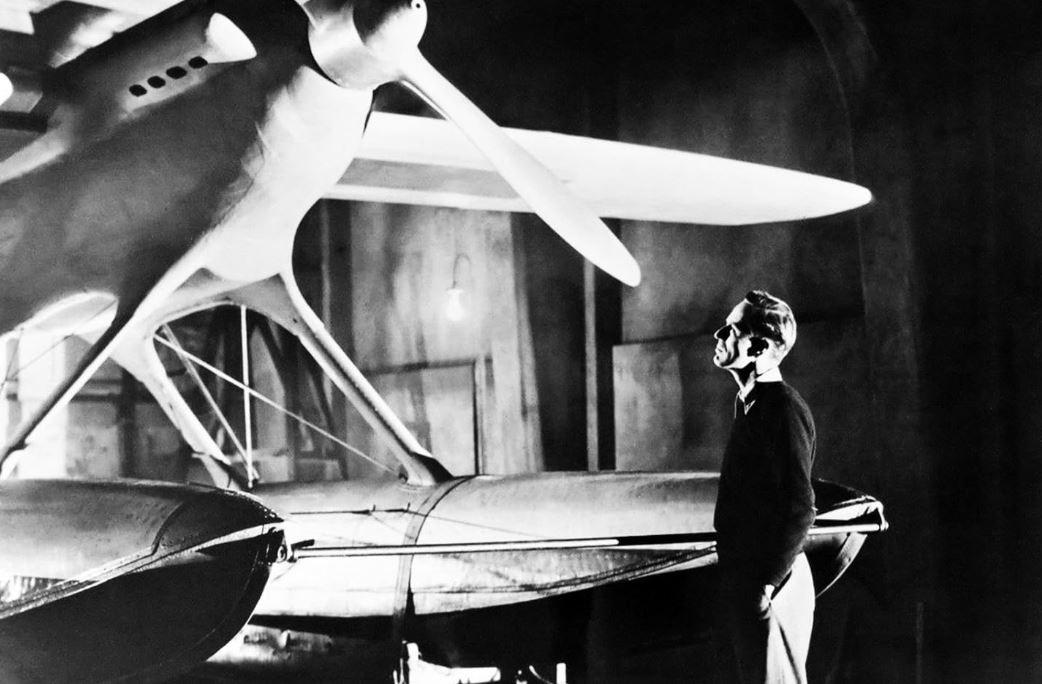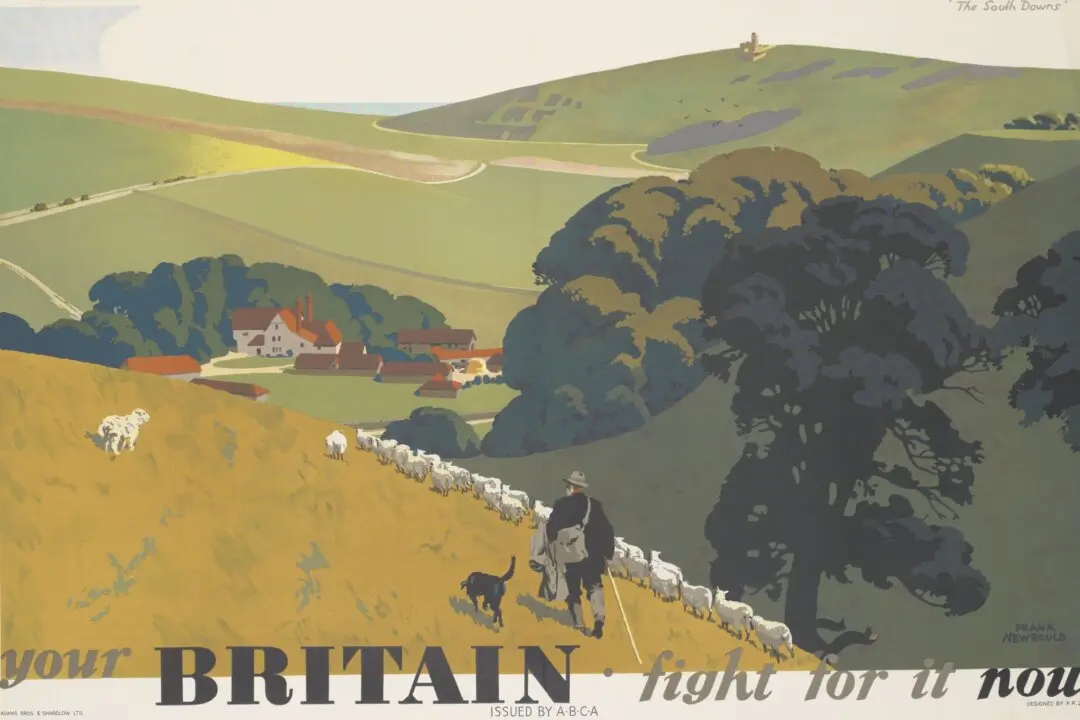NR | 1h 30m | Adventure, Biography, Drama | 1942
It’s hard to imagine that Britain’s existence was almost obliterated just over 80 years ago. During the early years of World War II, Hitler was on a calculated rampage and used the might of the German military to steamroll most of continental Europe, also known as the Western Front.






